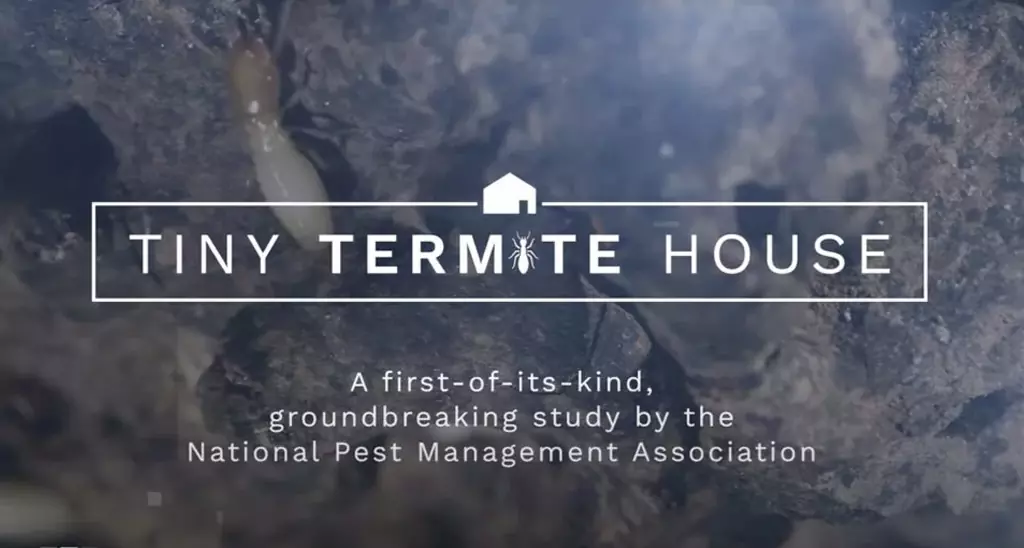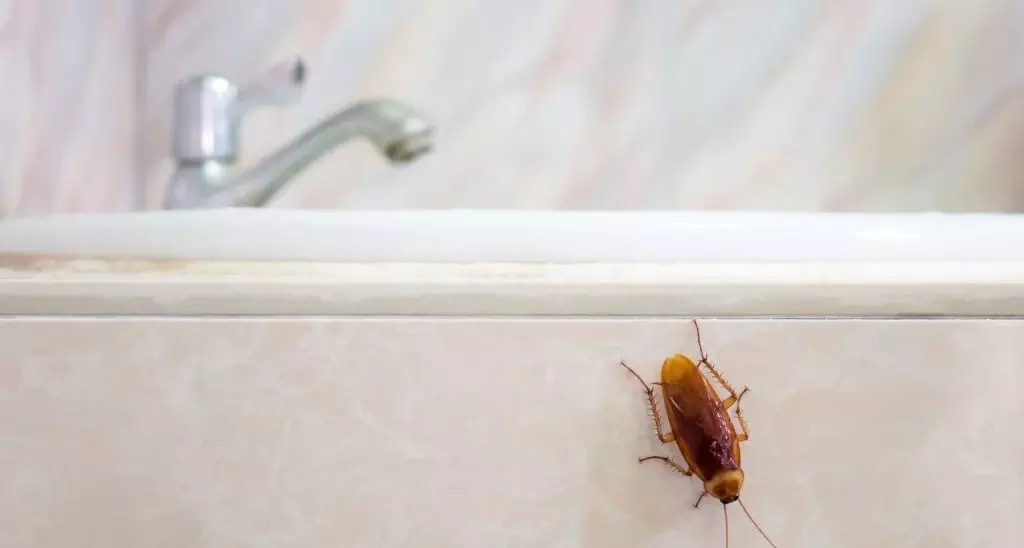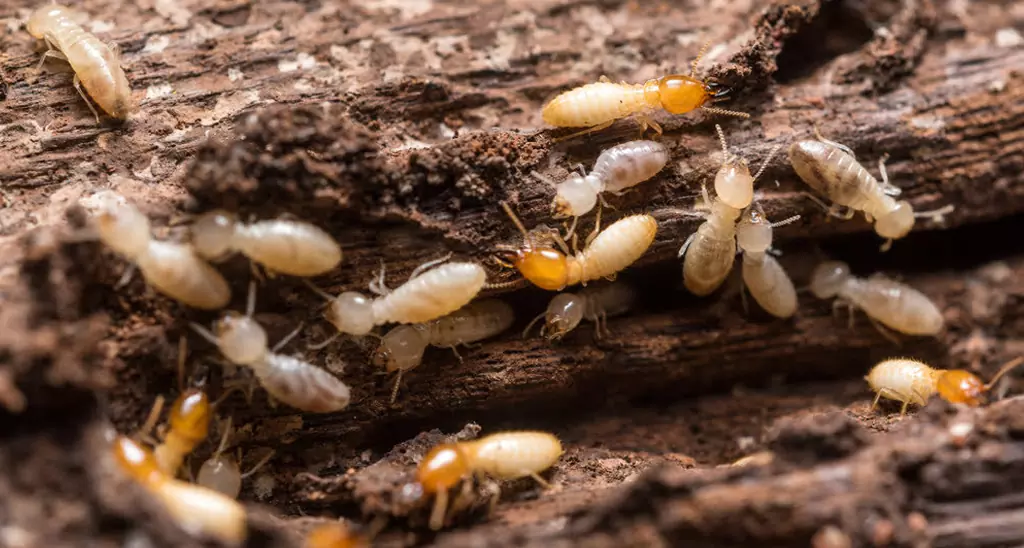Because of the warm, humid summers and mild winters, common household pests that invade homes and businesses can thrive all year in the Louisville and Southern Indiana region. Cockroaches, mice, and rats are all examples of pests that can get into your home or business, damage your things, contaminate your food, and spread diseases.
Maintaining a spotless home is the first line of defense against all household pests. Make sure to clean up spills and crumbs as soon as they occur, and store dry goods like pet food in airtight containers. Repair any damaged screens, seal any foundation cracks, holes in weather-stripping, and openings around incoming and outgoing pipes and vents in your home to lessen the number of entry points for pests. Below is a list of the common indoor and outdoor pests that we see most often at Team Bug Out. We offer valuable approaches to gain your space back.
Common Household Pests
Cockroaches
Depending on the species, these half-inch to two-inch long bugs can spread bacteria, diseases, and viruses, as well as contaminate food, ruin fabric and paper, and leave stains on surfaces. Although cockroaches can be eliminated with diligence, bug sprays are not particularly effective for long-term cockroach elimination. Find and eliminate all food and water sources for the insects, as well as any places where they can hide.
Rats
Even the bravest souls get a little queasy around rats. It’s crucial to call us right away in hopes of controlling them if you have clear evidence of a rat infestation,. You may have a problem if you are finding them in your pool, having the cat drag one in, or seeing them run across the yard or electrical wires. However, there are other indications that rats may be present, such as burrows in the yard or compost pile, rustling at dusk in the attic, or finding rat droppings (which are similar to mouse droppings but larger). Rats enjoy chewing on wood, wires (which can occasionally start fires), and insulation in addition to food products, which can result in expensive repairs.
In addition to eliminating their food sources, you must also rodent-proof your home by filling any gaps larger than one-quarter inch with steel wool or sheet metal so that the rats can’t gnaw through them.
Mice
Despite not being as big as rats, mice are much more powerful than their size would suggest. The droppings of mice, which resemble oversized coffee grounds, are a sure sign that they are in the house. This is true even if you don’t see them scurrying around. Although they are known to nibble on books, pillows, and other soft objects, mice typically cause damage by leaving urine and excrement on clothing and household items.
Since mice can reproduce up to ten times annually, it’s critical to control their population as soon as possible. It’s important to ensure that anything they might consider food (such as bird seed) outside the home is also sealed tightly in the garage or nearby outbuildings. Additionally, make sure they have no access to food inside the house.
Termites
These tiny white, tan, or black bugs are notorious for attacking the lumber used to construct houses, but they can also pose a risk to books, furniture, and food further inside the framework of a house. Thousands of eggs can be laid by the queen termite in a single day, causing escalating harm to your house. You might have a termite problem if you see swarms of small, winged insects in the spring or fall or if you find tunnels, darkening, or blistering in wood. No matter what species of termites have infested your home, professional removal of them is usually necessary.
There are many different termite species, and the methods for getting rid of them depend on which type you have. A helpful tip is to keep wood 12 inches above ground and properly ventilate the building to avoid moisture retention, which is a common draw for termites, to help prevent them from getting there in the first place.
Ants
When ants have taken over, there is no questioning it. A second one is always close by once one is discovered. And getting rid of them quickly will stop a widespread infestation, whether they are crawling across countertops or parading from outside to a single crumb on the floor. Bring any containers or items covered in ants outside to rid your home of them. Make sure to clean up any crawling ants with soapy water and to remove any sticky or food-related messes. However, getting rid of the ants in the house won’t prevent additional ants from breaking in. Caulk can be used to seal any gaps in doorways or trim that could allow pests to enter. Avoid planting and mulching a foot from the foundation to prevent ants from colonizing there, which should prevent them from coming anywhere near the house.
Takeaway– Are Household Pests Giving you Trouble?
With a consistent pest control plan from Team Bug Out, you can be sure that your home or business is safe from common household pests that live inside and outside your property. As the saying goes, “prevention is the best medicine,” and this is especially true when it comes to keeping pests away from your home.



